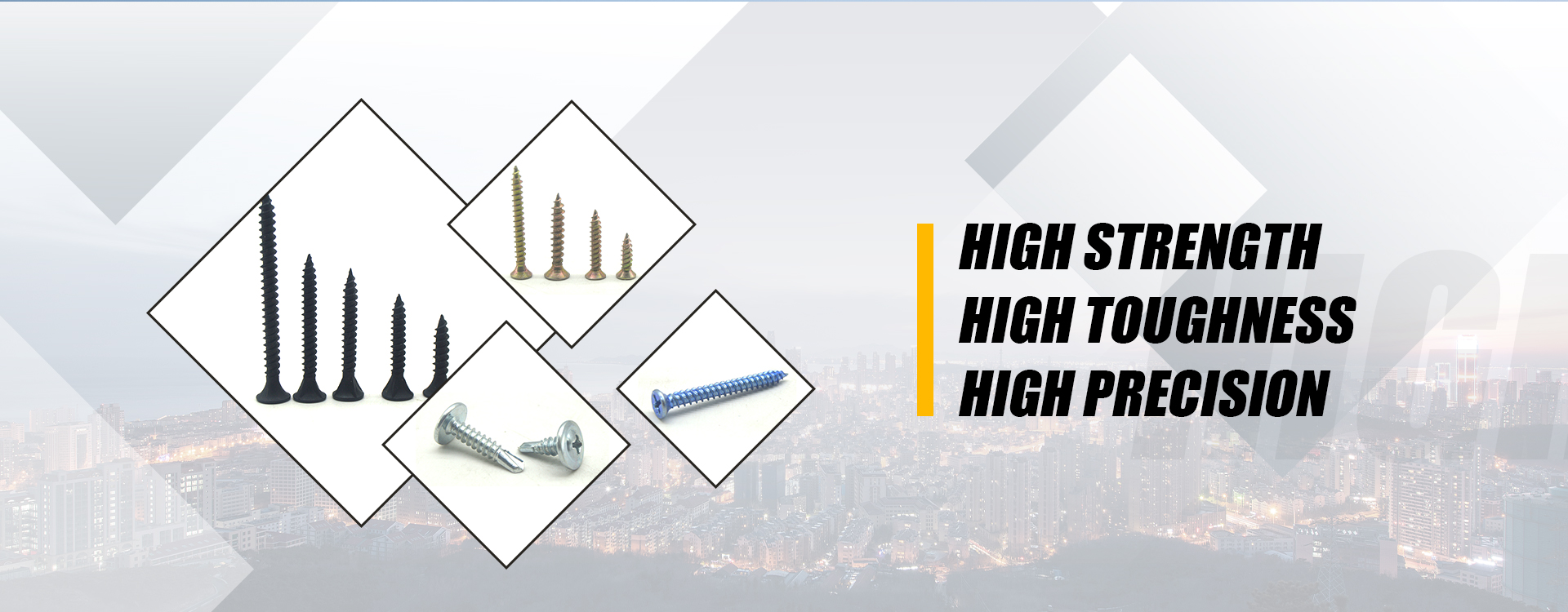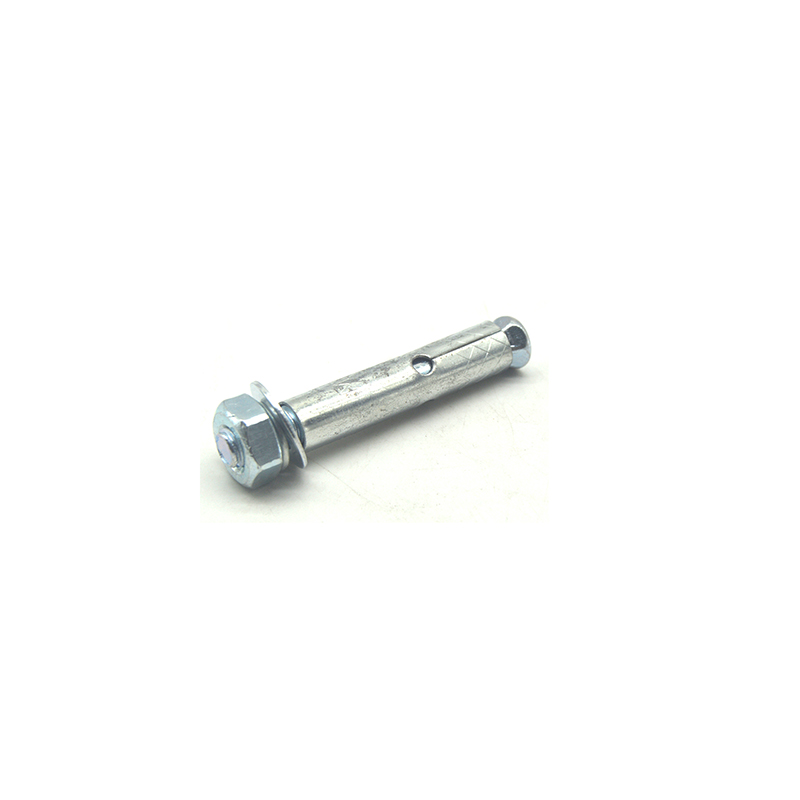- English
- Chinese
- French
- German
- Portuguese
- Spanish
- Russian
- Japanese
- Korean
- Arabic
- Irish
- Greek
- Turkish
- Italian
- Danish
- Romanian
- Indonesian
- Czech
- Afrikaans
- Swedish
- Polish
- Basque
- Catalan
- Esperanto
- Hindi
- Lao
- Albanian
- Amharic
- Armenian
- Azerbaijani
- Belarusian
- Bengali
- Bosnian
- Bulgarian
- Cebuano
- Chichewa
- Corsican
- Croatian
- Dutch
- Estonian
- Filipino
- Finnish
- Frisian
- Galician
- Georgian
- Gujarati
- Haitian
- Hausa
- Hawaiian
- Hebrew
- Hmong
- Hungarian
- Icelandic
- Igbo
- Javanese
- Kannada
- Kazakh
- Khmer
- Kurdish
- Kyrgyz
- Latin
- Latvian
- Lithuanian
- Luxembou..
- Macedonian
- Malagasy
- Malay
- Malayalam
- Maltese
- Maori
- Marathi
- Mongolian
- Burmese
- Nepali
- Norwegian
- Pashto
- Persian
- Punjabi
- Serbian
- Sesotho
- Sinhala
- Slovak
- Slovenian
- Somali
- Samoan
- Scots Gaelic
- Shona
- Sundanese
- Swahili
- Tajik
- Tamil
- Telugu
- Thai
- Ukrainian
- Urdu
- Uzbek
- Vietnamese
- Welsh
- Xhosa
- Yiddish
- Yoruba
- Zulu
- Kinyarwanda
- Tatar
- Oriya
- Turkmen
- Uyghur

ساخت جي خود ٽيپنگ اسڪرو
ساخت جي خود ٽيپنگ اسڪرو جي پيچيدگيون
جڏهن اهو اچي ٿو مواد کي محفوظ ڪرڻ، ساخت جي خود ٽيپنگ اسڪرو ھڪڙي جڳھ ٺاھيو آھي جيڪو ضروري آھي پر ڪڏهن ڪڏهن غلط سمجھيو ويندو آھي. اهي صرف هڪ ٻئي تيز ڪرڻ جو انتخاب نه آهن؛ اهي هڪ حل آهن جيڪي چڱيءَ طرح تجربي سان ملن ٿا.
تعميراتي خود ٽيپنگ اسڪرو کي سمجھڻ
پهرين، اچو ته هڪ عام غلط فڪر کي صاف ڪريون: سڀئي پيچ برابر نه ٺاهيا ويا آهن. جي خوبصورتي خود ٽيپنگ اسڪرو انهن جي پنهنجي سوراخ کي ٽيپ ڪرڻ جي صلاحيت ۾ آهي. هي خصوصيت انهن کي مواد جهڙوڪ ڌاتو ۽ ڪاٺ جي ڪجهه قسمن لاءِ ناگزير بڻائي ٿي جتي اڳي سوراخ ڪرڻ عملي نه آهي. پر هتي اها پڪ آهي - انهن جي استحڪام جي باوجود، ڪنهن کي انهن جي حدن کان آگاهي ٿيڻ گهرجي لوڊ کڻڻ جي صلاحيت ۽ مادي مطابقت جي لحاظ کان.
سال اڳ، مان هڪ منصوبي تي ڪم ڪري رهيو هوس جنهن ۾ ايلومينيم جي چادر شامل هئي. سيلف ٽيپنگ اسڪرو انهن جي استعمال ۾ آساني جي ڪري هڪ واضع انتخاب وانگر لڳي رهيو هو. پر شيطان تفصيل ۾ آهي. جڏهن ته اهي آساني سان ٺهڪندڙ آهن، پائلٽ سوراخ جي کوٽ ڪڏهن ڪڏهن غلط ترتيب ڏيڻ جي ڪري ٿي. سڌائي اهم آهي، خاص طور تي جڏهن ڌاتو جي چادر سان معاملو ڪرڻ. تنهن ڪري، هڪ سبق سکيو ويو هو هميشه مڪمل ايپليڪيشن کان پهريان اسڪريپ ڌاتو تي آزمائشي.
هڪ غير متوقع چئلينج نرم مواد سان پيدا ٿيو. جيتوڻيڪ سيلف ٽيپنگ اسڪرو ڪاٺ ۾ ورهائڻ کي گهٽائڻ لاءِ ٺاهيا ويا آهن، انهن کي غلط استعمال ڪرڻ اڃا به اڻ وڻندڙ نتيجا ڏئي سگهي ٿو. مثال طور، اوور ٽائيٽنگ ڪاٺ کي ٽوڙڻ جو سبب بڻائيندو، انهن جي مقصد کي شڪست ڏئي سگهي ٿو. اهو سڀ ڪجهه ڳولڻ بابت آهي ته ٽوڪ ۽ دٻاء جي مٺي جڳهه.
درخواستون ۽ فائدا
Handan Shengtong Fastener Manufacturing Co., LTD تي، انهن تي تفصيلي ويب سائيٽ، ساخت جي خود ٽيپنگ اسڪرو لاءِ ايپليڪيشنن جو تنوع واضح آهي. چين جي فاسٽنر انڊسٽري جي مرڪزي علائقي ۾ واقع آهي، انهن ڏٺو آهي ته اهي اسڪرو مختلف شعبن ۾ لاڳو ڪيا ويا آهن. اڳ-ڊرلنگ سوراخن جي ضرورت کان سواءِ اسيمبليءَ جي عمل کي منظم ڪرڻ جي صلاحيت انهن کي گاڏين ۽ تعميراتي صنعتن ۾ انمول بڻائي ٿي.
ان کان علاوه، خود ٽيپنگ اسڪرو نرم ڌاتو ۽ پلاسٽڪ جي ڪجهه قسمن ۾ شاندار برقرار رکڻ جي آڇ ڪندا آهن، انهن جي افاديت کي روايتي ڪاٺ ۽ ڌاتو ايپليڪيشنن کان ٻاهر وڌايو. پر اهو صرف سهولت جي باري ۾ ناهي. انهن جي ڊيزائن ۾ اڪثر ڪري سنکنرن جي مزاحمتي ڪوٽنگ شامل آهي، استحڪام کي وڌائڻ، خاص طور تي ٻاهرين يا تيز نمي واري ماحول ۾. اهو هڪ اهم خيال آهي جڏهن ڊگهي مدت جي تنصيب لاء صحيح اسڪرو چونڊيو.
بهرحال، هي استحڪام صحيح ايپليڪيشن ٽيڪنالاجي جي ضرورت کي رد نٿو ڪري. تعمير ۾، مثال طور، انهن اسڪرو کي لوڊ بيئرنگ ڍانچي تي لاڳو ڪرڻ بغير ساخت جي انجنيئرن جي صلاح مشوري جي ناڪاميءَ جو سبب بڻجي سگهي ٿو. اهي غير ساختماني عناصر کي محفوظ ڪرڻ لاءِ بهترين موزون آهن جيستائين خاص طور تي ٺهيل ۽ ڍانچي جي لوڊ لاءِ ٽيسٽ نه ڪئي وڃي.
ڪيس اسٽڊي: فاسٽنگ جي ضرورتن ۾ فرق کي ختم ڪرڻ
جڏهن ته Hebei صوبي ۾ هڪ وڏي پيداوار واري سائيٽ جو دورو ڪيو، اهو واضح ٿيو ته ڪيئن لازمي خود ٽيپنگ ٽيڪنالاجي بڻجي چڪو آهي. اتي جا انجنيئر مختلف مواد جي وچ ۾ خال کي ختم ڪرڻ لاءِ انهن اسڪرو کي استعمال ڪري رهيا هئا. ڇا موصليت واري پينل کي ڌاتو جي فريم ورڪ سان ڳنڍڻ يا ڪاٺ جي تختن کي جاء تي درست ڪرڻ، موافقت قابل ذڪر هئي.
اهو غير معمولي ناهي ته اهڙن منصوبن سان منهن ڏيڻ جتي مختلف مادي قسمون گڏ ٿين ٿيون- اهو هڪ فاسٽنر جي ضرورت پيدا ڪري ٿو جيڪو متغيرن کي سنڀالي سگهي ٿو جهڙوڪ حرارتي توسيع ۽ ٺهڪندڙ بغير بغير. تعميراتي خود ٽيپنگ اسڪرو اڪثر ڪري انهن منظرنامن ۾ شاندار آهن. اهي حرڪت جي حوصلا افزائي واري دٻاءُ جي خلاف مضبوط آهن، بشرطيڪ اهي درستيءَ سان نصب ٿيل هجن.
اڃان تائين، انهن جي فائدن جي باوجود، غلط تنصيب جون ڳالهيون آهن جيڪي احتياطي ڪهاڻيون آهن. اتي هڪ ڪيس هو جتي غلط ڪوٽنگ ختم ٿيڻ جي نتيجي ۾ سامونڊي ماحول ۾ وقت کان اڳ سنکنرن جو سبب بڻيو. اهو صحيح ماحول لاءِ صحيح وضاحت چونڊڻ جي اهميت کي گهٽائي ٿو.
چيلنجز ۽ بهترين طريقا
جيتوڻيڪ صحيح وضاحتن سان، چئلينج پيدا ٿين ٿا. مثال طور، vibration-pron ماحول ۾، ٿلهي کي روڪڻ لاءِ ٿريڊ لاڪ حل ضروري هوندا. انجنيئر اڪثر ڪري هڪ پروجيڪٽ ۾ شامل مادي جوڑوں کي سمجهڻ جي اهميت تي زور ڏين ٿا- جامع مواد هڪجهڙائي وارن جي مقابلي ۾ ٿريڊنگ قوتن لاءِ مختلف مزاحمتي سطحون پيش ڪري سگهن ٿا.
انهن اسڪرو کي نصب ڪرڻ پڻ ergonomics ۽ اوزار جي ضرورتن جي لحاظ کان هڪ چئلينج آهي. پاور ڊرائيور استعمال ڪرڻ شايد تنصيب کي آسان بڻائي سگھن ٿا پر شايد اوور ڊرائيونگ جي ڪري سگھي ٿي، خاص طور تي نرم مواد جهڙوڪ ايلومينيم سان. تجربو ڏيکاريو ويو آهي ته مينوئل ۽ ميڪيڪل ايپليڪيشن جي وچ ۾ هڪ توازن بهترين نتيجا پيدا ڪري ٿو.
مشوري جو هڪ بار بار ٽڪرو اهو آهي ته ڪڏهن به جاچ واري مرحلي کي گهٽ نه سمجهيو. اهو غير معمولي نه آهي پروٽوٽائپ گڏيل اسيمبلين کي، جانچڻ فڪٽر جهڙوڪ اسڪرو جي ڊيگهه ۽ حرارتي دٻاء جي صلاحيت. نون منصوبن لاءِ، هميشه آزمائشي حالتن جي تحت. اهو ڊگهي عرصي ۾ وقت ۽ وسيلن کي بچائيندو آهي.
نتيجو: خود ٽيپنگ اسڪرو جو آرٽ ۽ سائنس
آخرڪار، ساخت جي خود ٽيپنگ اسڪرو تيز رفتار ٽيڪنالاجي ۾ سادگي ۽ نفيس جي هڪ ميلاپ جي نمائندگي ڪن ٿا. انهن کي پسند ۽ ٽيڪنڪ جي توازن جي ضرورت آهي، هڪ شيءِ Handan Shengtong Fastener Manufacturing Co., Ltd کي ان جي باري ۾ باخبر ڄاڻ آهي، انهن جي جڳهه کي فاسٽنر جي جدت جي مرڪز ۾ ڏنو ويو آهي. انهن پيچرن کي استعمال ڪرڻ جو انتخاب هميشه هٿ ۾ موجود مواد، ايپليڪيشن جي ماحول، ۽ ڪم جي ساخت جي ضرورتن کي سمجهڻ ۾ رکڻ گهرجي.
تنهن ڪري، نتيجي ۾، جڏهن ته انهن جي استعمال جو امڪان دلڪش آهي، اهو هميشه صحيح اوزار کي صحيح نوڪري سان ملائڻ بابت آهي. مضبوط تنصيب کي يقيني بڻائڻ صرف شيلف کان پهرين اسڪرو چونڊڻ جو معاملو ناهي- اهو ماهر، تجربو، ۽ ڪڏهن ڪڏهن، آزمائش ۽ غلطي جي باري ۾ آهي.
لاڳاپيل مصنوعات
لاڳاپيل مصنوعات




















